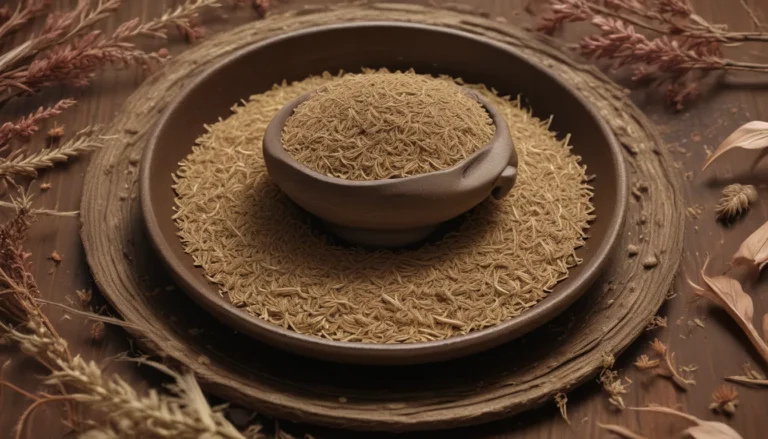Understanding and Managing Agapanthus Diseases

Agapanthus plants are a delightful addition to any garden, with their rounded flower heads and strap-like leaves. These ornamentals are usually resilient to pests and diseases, yet certain conditions can make them susceptible to various infections.
In this comprehensive guide, we will explore five common agapanthus diseases, their symptoms, and how to effectively treat them. From anthracnose to root rot, we will provide you with the necessary information to keep your agapanthus plants healthy and thriving.
So, let’s dig in and learn more about identifying and managing agapanthus diseases.
Common Agapanthus Diseases
- Anthracnose
- Gray Mold
- Leaf Spot
- Powdery Mildew
- Root Rot
1. Anthracnose
Anthracnose is a well-known disease caused by a group of pathogens in the Colletotrichum genus. Symptoms include brown spots on leaves with purple edges, which can turn black in severe cases. To manage anthracnose, prune affected foliage, dispose of debris away from the compost pile, and apply fungicides like maneb, chlorothalonil, copper, or sulfur. Remember to disinfect your pruning shears to prevent spreading the infection.
2. Gray Mold
Gray Mold, also known as Botrytis blight, is a devastating disease that thrives in cool, humid conditions. Remove infected tissue promptly, and consider fungicides to manage this disease. Seek advice from your local extension service for recommended treatments, and opt for resistant varieties if you live in a humid climate.
3. Leaf Spot
Several fungi, including red leaf blotch disease, can cause leaf spots on agapanthus plants. Treatments like thiophanate-methyl can help manage such fungal infections. You can find this fungicide at local retailers like Home Depot and apply it as directed on the package.
4. Powdery Mildew
Powdery mildew, characterized by a white, powdery coating on leaves, can be treated with various home remedies. While powdery mildew is not a common issue on agapanthus, it’s essential to address promptly if detected.
5. Root Rot
Root rot, caused by various fungi and water molds, is preventable by ensuring proper drainage and avoiding overwatering. Infected plants may show symptoms like stunted growth and wilting foliage. In severe cases, uproot and discard dead plants to prevent further spread.
Agapanthus Resilience
Agapanthus plants are typically disease-resistant and even produce antifungal compounds. By planting in full sun, providing good drainage, and avoiding overwatering, you can prevent most diseases. In humid areas, consider resistant varieties to combat gray mold effectively.
Do you have experience dealing with diseases on your agapanthus plants? Share your insights in the comments below!
Let’s keep our gardens flourishing and beautiful!





